
Actors and activists fight for endangered green sea turtles’ nesting site in Hong Kong
Sea turtle numbers are dropping globally due to pollution, plastic and trash in their egg laying areas. Actress Sharon Kwok and other activists are calling on the government to protect the only regular nesting site in Hong Kong
Actress-turned-activist Sharon Kwok Sau-wan, wearing the blue shirt of environmental group Aquameridian Conservation & Education Foundation that she co-founded in 2013, grabs the boat’s rail as it slices through the bumpy waters towards Hong Kong’s outlying Lamma Island.
“That rock over there, the big one balancing on that cliff, it’s called turtle rock. It’s such a crazy coincidence that it looks like a turtle,” says Hong Kong-born Kwok, as we enter Sham Wan on the south side of the island.
Coincidental because the 0.5 hectare stretch of sandy beach at Sham Wan is the only regular nesting site for endangered green sea turtles in Hong Kong. Sadly, the nestings have been anything but regular, with the last nesting recorded at the beach in 2012, although there was a glimmer of hope last year when a turtle was spotted swimming in the bay.
Hong Kong once had a healthy population of green sea turtles (Chelonia mydas), the only sea turtle species known to breed in Hong Kong and China. But numbers have dropped drastically in recent years (see table below).
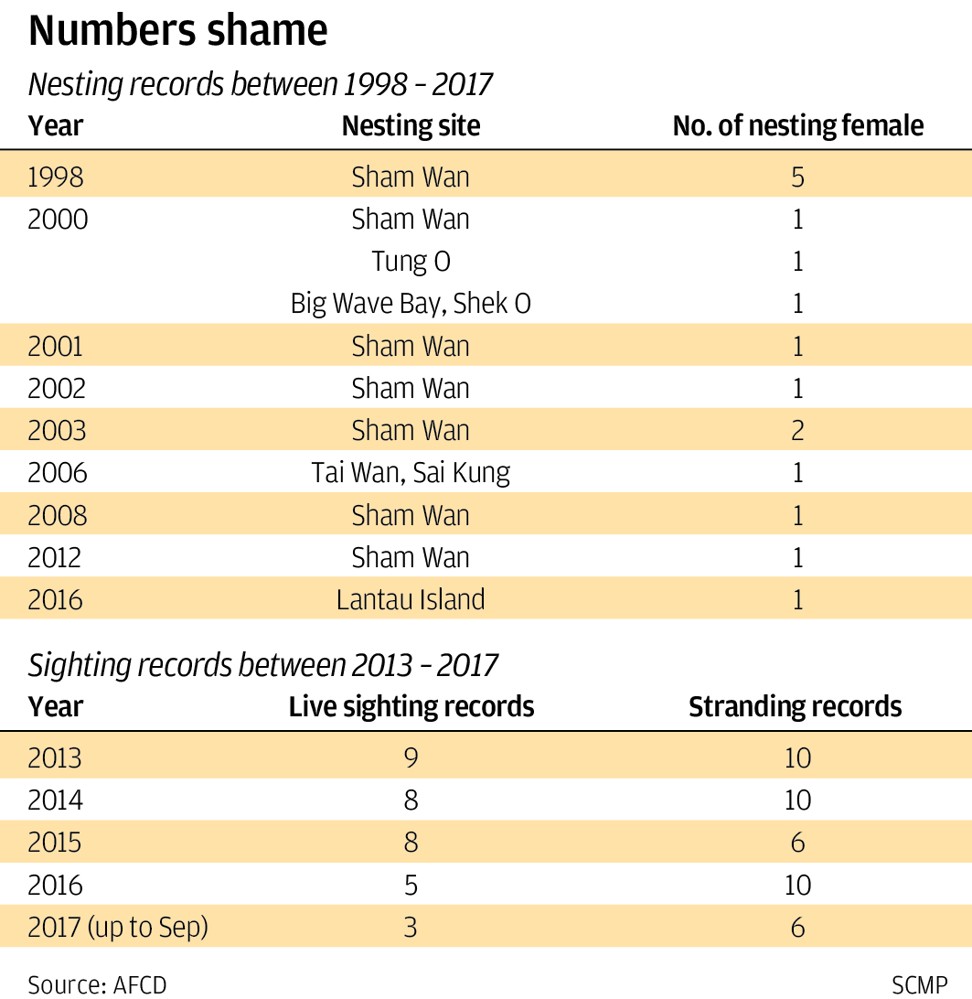
Green groups agree the government needs to do more to protect the species. Some steps have been taken. In 1999, the government introduced measures to close the beach from June 1 to October 31, the turtles’ nesting season. However the protected area covers only the dry sand above the high water mark and not the bay or shallow waters. Environmentalists want that changed. They are calling for the protected area to be expanded to include the shallow and deep waters – “the entire bay”, says Kwok.
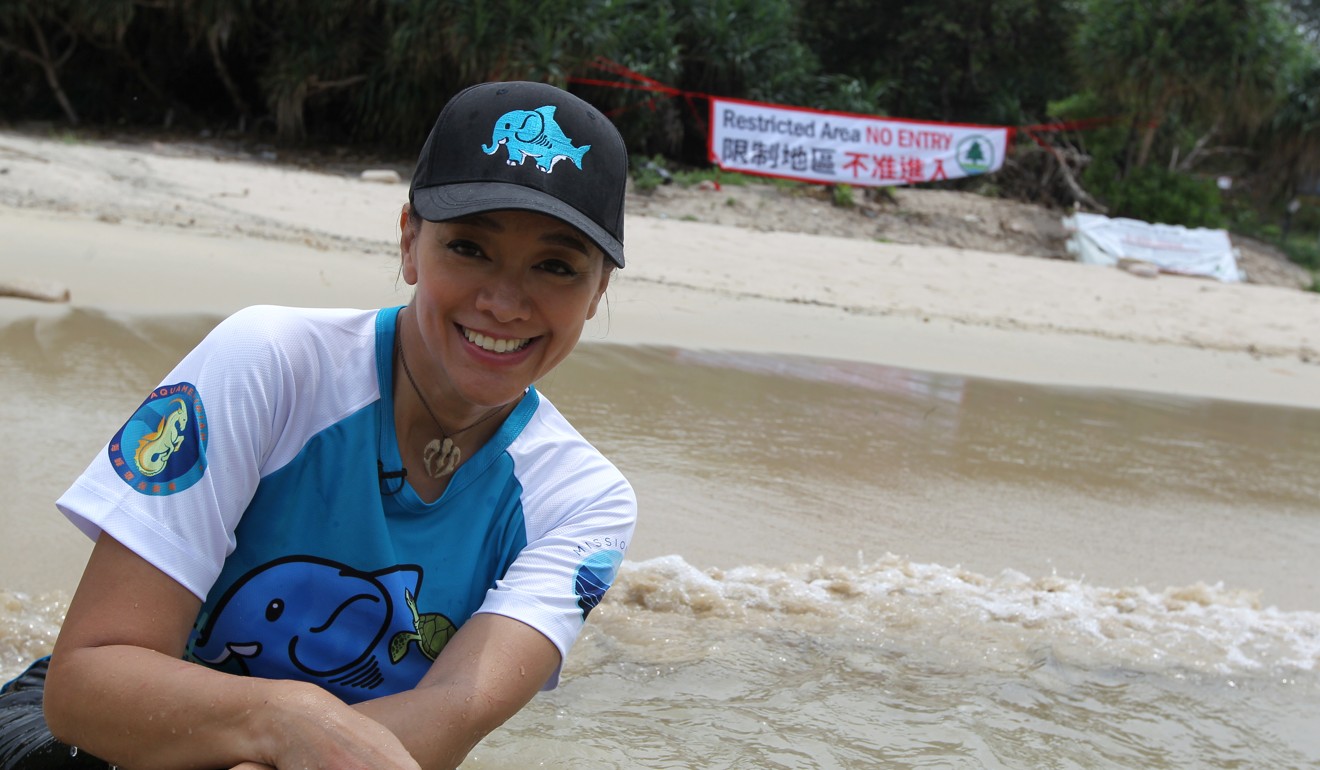
They also want the government to get serious about enforcing penalties. Those who break the law by entering the beach face a HK$50,000 fine, although to date nobody has been penalised.
A five knot speed limit – applicable on Saturdays, public holidays and for the entire nesting season – is also in place.
But these measures do not go far enough. Kwok says pollution and rubbish obstruct turtles from making nests and can prevent the hatchlings from entering the sea.
“Sea turtles eat jellyfish and squid, and they are confusing plastic bags for food and eating them, but are unable to digest the plastic,” says Kwok.

In 2012, a dead turtle washed up in Sai Kung that was found to have plastic in its stomach. Earlier this year, images of a dead turtle in Thailand with plastic shreds, rubber bands and other debris found jammed in its stomach shocked internet users.
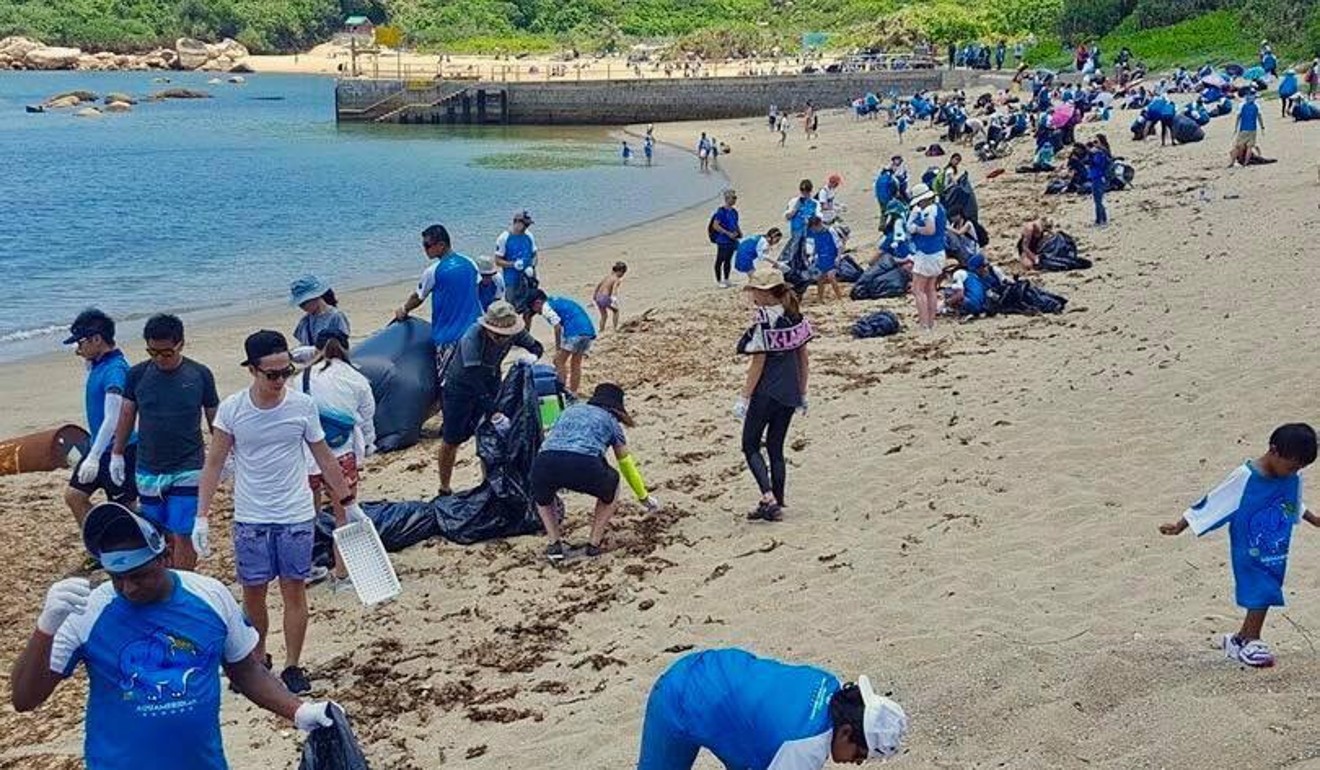
In December last year, a study published in the journal Endangered Species Research found that as the volume of plastic pollution in the oceans and on the beaches increases, so does the number of turtle deaths. Already this year, seven turtle carcasses have been found in Hong Kong.
Sea turtles eat jellyfish and squid, and they are confusing plastic bags for food and eating them, but are unable to digest the plastic
On May 27, about 2,000 volunteers – mostly domestic helpers and also a group of tourists from Japan in Hong Kong especially for the event – braved sweltering conditions to clear the beaches of rubbish. They collected 187 bags of trash weighing more than 1,300kg. But on this day in mid June, the rubbish had returned.
“See here,” says Robert Lockyer, director of operations at the Aquameridian Conservation & Education Foundation, pointing to three wide holes in the sand. “This area in front of me is the old nesting ground. In 2012, Raymond Man from AquaMeridian came down here and filmed the turtle laying in this actual spot here.”
Today, instead of eggs, refuse fills the holes. “Any turtle trying to nest would be digging in a nest of trash,” he says.

Another major threat is heavy marine traffic. And with summer junk season under way, Kwok has a message for pleasure boat captains looking for a fun day out – take your boats and your jet skis to another bay to give the turtles a chance.

Lockyer agrees and says there needs to be floating markers in the bay, telling boats about the speed restrictions. At the moment a sign on the beach reading “Restricted Area No Entry”, barely visible from the water, is the only way drivers would know the area is a turtle-breeding site.
“Last June I saw jet skis and people water skiing and a group of 50 people holding a cricket game on the beach during what should have been the middle of the closed season.”
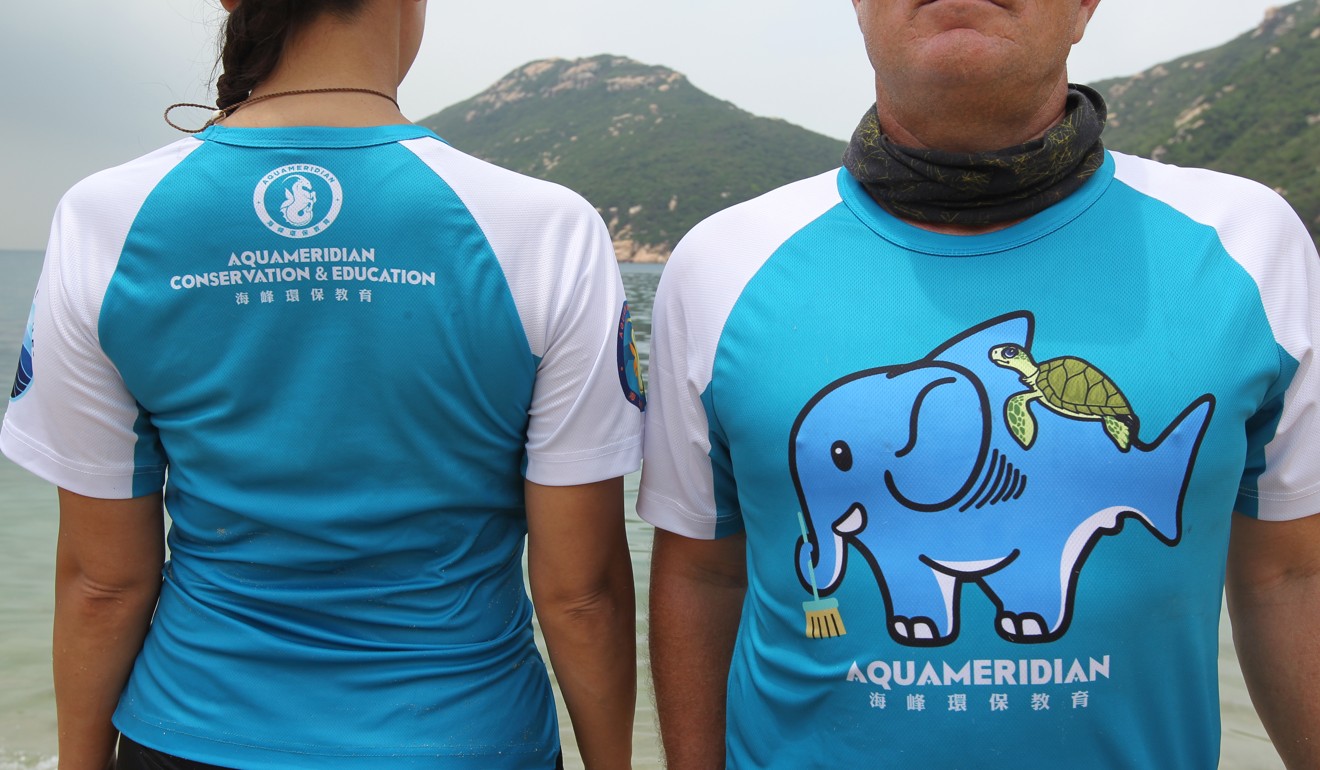
He also wants cameras installed, as well as sensors. He says one way to tell people entering the bay is to have signage on the rocks either side of the entrance to the bay, or floating on the water, warning boat operators of the five knot speed limit.
He also wants better patrolling of the area. At the moment, the Agriculture, Fisheries and Conservation Department has wardens patrolling the Sham Wan during the nesting period (wardens have the power to take action against trespassers). It says it made patrols on 86 days last year, up from 69 in 2016, and 73 in 2017.
2,000 volunteers join beach clean-up in bid to get sea turtles back
Lockyer says another reason there should be increased protection of Sham Wan is because it’s not uncommon for sea turtles to only lay eggs every two or three years, and it takes more than 20 years for a sea turtle to become sexually mature.
Much like the turtles migratory path, the creatures’ fight for survival is a global one. In January this year, footage taken on Christmas Island, an Australian territory in the Indian Ocean, showed a mother turtle that had returned to her place of birth to lay eggs – a common practice for sea turtles – only to find herself among a sea of garbage. Surrounded by plastic trash, she struggled to make a nest and lay eggs, forced instead to lay on a trash heap. It was heart-wrenching footage.
Don’t eat that trash … Marine debris from human pollution is endangering sea turtles
In China, celebrity power has been tapped in a bid to raise awareness about green sea turtles – and with good reason. All seven species of the migratory amphibian that are found in the country face threats, including habitat loss, ocean pollution and being hunted for their meat, eggs and shells. (Although all species are listed on Cites Appendix I, prohibiting any form of trade in their products, a significant illegal trade continues, primarily in Asia and Central America.)
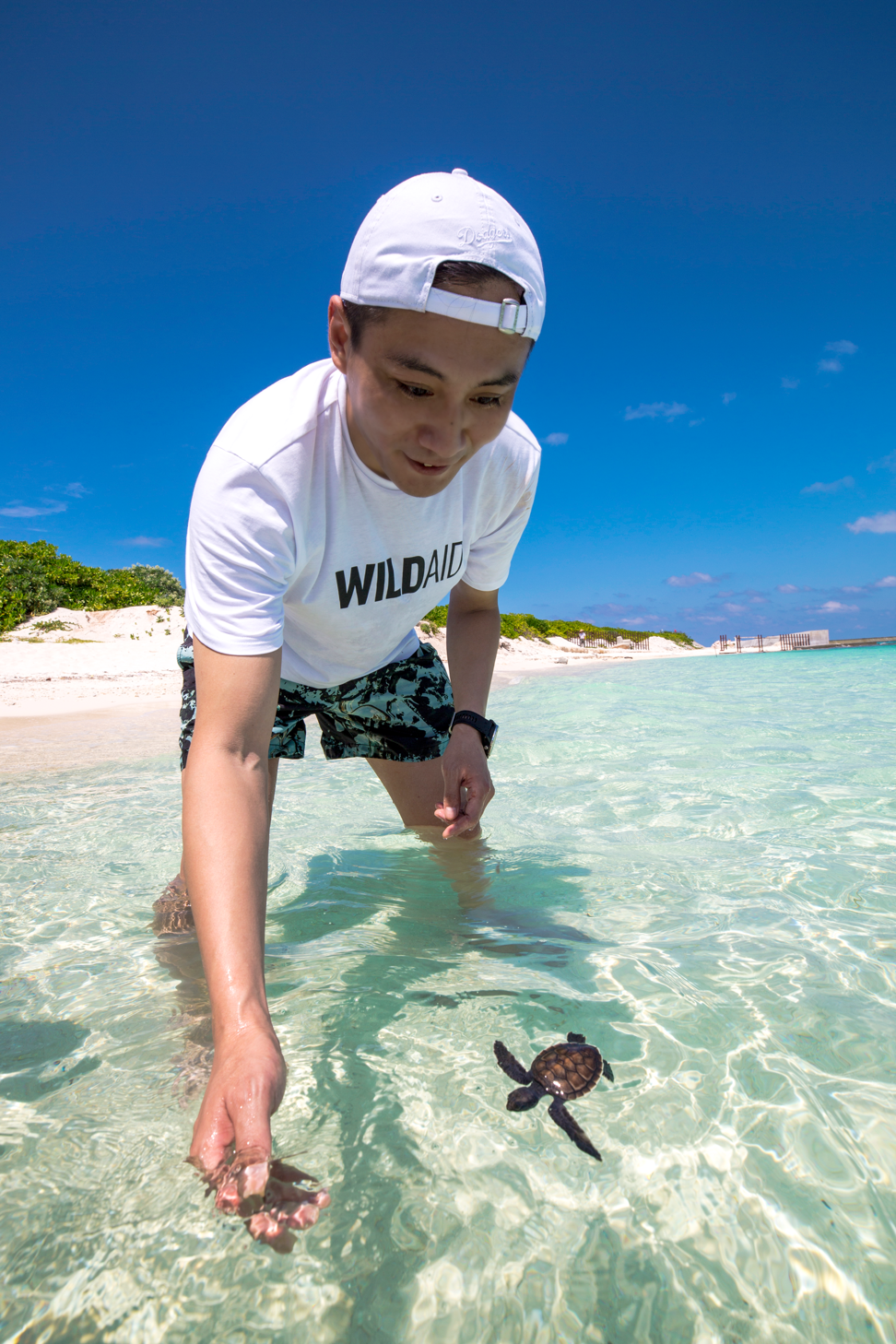
Earlier this month, environmental organisation WildAid launched a campaign to end the trade of sea turtles in China, featuring actor Liu Ye and his wife Anais Martane.
According to WildAid, it’s estimated that about 200,000 to 300,000 marine turtles are accidentally killed by shrimp trawling nets and offshore longlines globally each year.
Poaching also occurs in Southeast Asia, for food and ornaments, and one Chinese vessel with a crew from Hainan caught in Malaysia in March 2007 had an illegal cargo of more than 220 green and hawksbill turtles.
Two years ago, the University of Hong Kong released the first comprehensive study on the city’s marine biodiversity. It found that 5,943 marine species have been identified within an area of just 1,651 square kilometres. It might not be a huge area, but it’s rich. It hosts more than a quarter of all marine species recorded in China, has more hard coral than the Caribbean and more mangrove tree species than east Africa.
Struggles of Malaysia’s sea turtles
But despite this biodiversity, only 2 per cent of the sea surrounding Hong Kong is designated as marine parks.
Entering Aberdeen harbour, Kwok – who starred in films including Lian shou jing tan (1991), Fist from Shaolin (1993) and Duo bao qiao jia ren (1991) – talks passionately about how her childhood shaped her love of nature.
“My dad was one of the founders of Ocean Park,” she says, pointing to the theme park’s roller coaster jutting out from the hillside across the water.
“I explored the park with my brother … I learned to swim from a dolphin, which rescued me when I fell in its pool. For me it’s vital we protect all creatures on our land and sea.”

